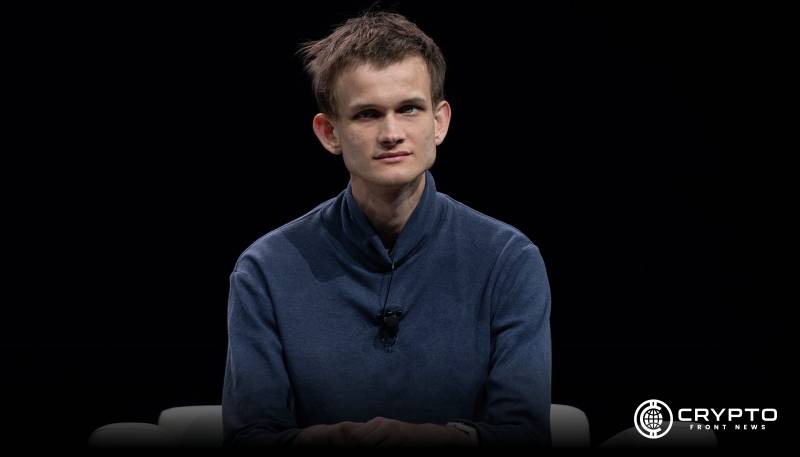- Vitalik Buterin suggests a universal light client to streamline Ethereum’s rollup-centric ecosystem, enhancing decentralization and state-proof verification.
- Ethereum’s scaling model raises concerns about managing multiple light clients, prompting Buterin’s proposal for standardized L2 proof validation.
- The new approach could reduce reliance on third parties, ensuring efficient proof verification across Ethereum’s Layer-2 networks.
Vitalik Buterin has proposed a long-term solution to address challenges associated with Ethereum’s rollup-centric scaling model. As the network expands, managing multiple light clients has become increasingly complex. To resolve this, Buterin suggests a standardized approach for verifying state proofs across Layer-2 (L2) networks.
His proposal builds upon Ethereum Improvement Proposal (EIP) 3668, introducing a framework that allows L2 networks to establish an on-chain configuration contract. This contract would define the Ethereum Virtual Machine (EVM) code responsible for state-proof validation. By implementing this method, Ethereum could unify proof verification across rollups, improving decentralization and efficiency.
Standardizing State Proof Verification in L2 Networks
The Ethereum community has expressed concerns about the increasing reliance on centralized intermediaries to validate proofs. Buterin’s approach provides L2 networks with a structured way to communicate proof verification mechanisms. This system would support Ethereum’s growth while maintaining decentralization.
A peer-to-peer (P2P) network would facilitate proof requests while the on-chain EVM code verifies them. This decentralized verification process would reduce third-party dependencies, ensuring a more secure and efficient system for L2 transactions. The transition to a universal light client aligns with Ethereum’s long-term goal of achieving scalable and trust-minimized infrastructure.
Addressing Compatibility Challenges
Developers have pointed out that implementing a universal light client poses challenges, particularly regarding compatibility across different rollups. The absence of uniformity in proof formats and proverbs could complicate adoption. According to Buterin, a byte-based proof structure serves to let L2 nodes evaluate verification information based on their individual technical needs.
Ensuring Scalability and Decentralization
The flexible choice permits Ethereum to sustain decentralization while making rollups possible. The suggested framework needs uninterrupted development and improvement to serve the widespread network of Ethereum L2 systems. According to Buterin, the new solution will make Ethereum better equipped to process higher transaction volumes while preserving security integrity.
The proposed universal light client stands to play a vital role in the Ethereum rollup-centric model as development advances for Ethereum. Ethereum users will need to evaluate the practicality together with the deployment capabilities of Buterin’s proposal to determine its position in decentralized application and transaction developments.






